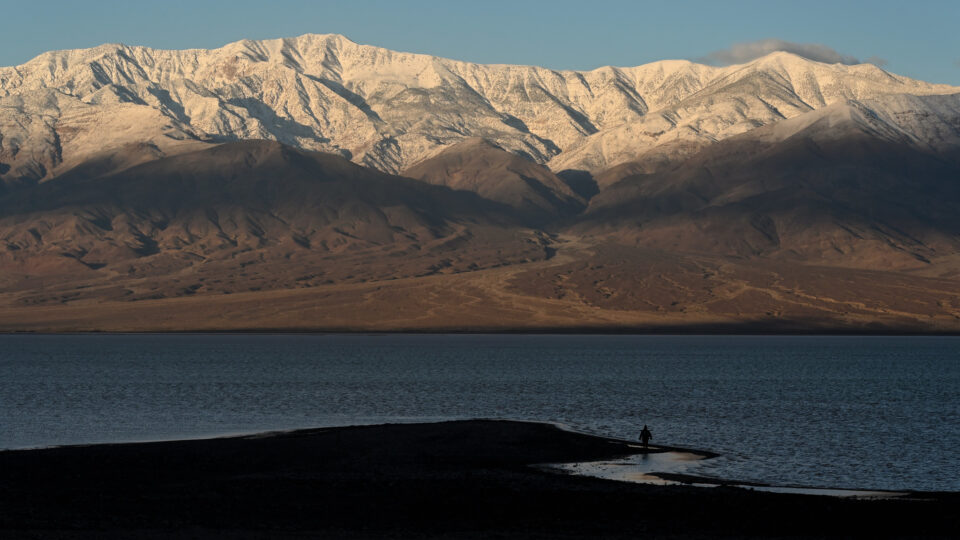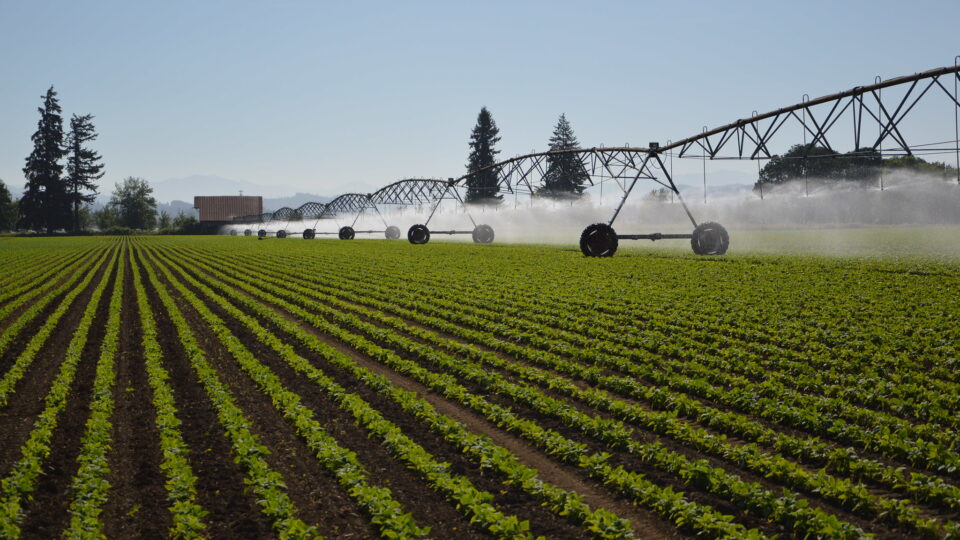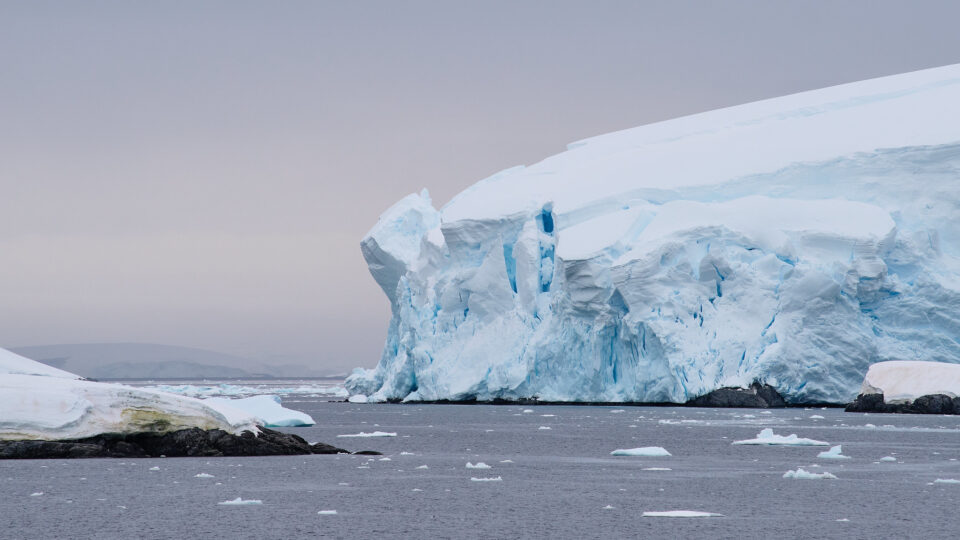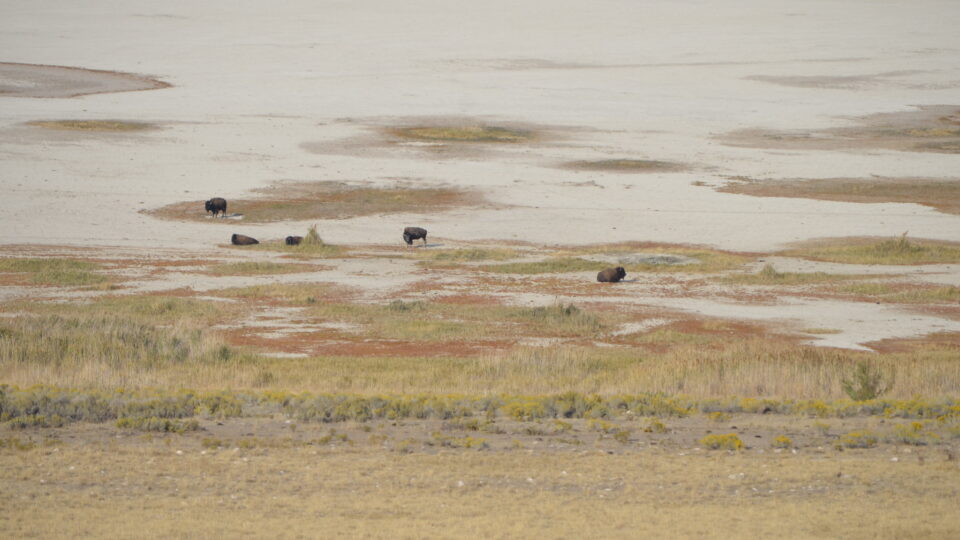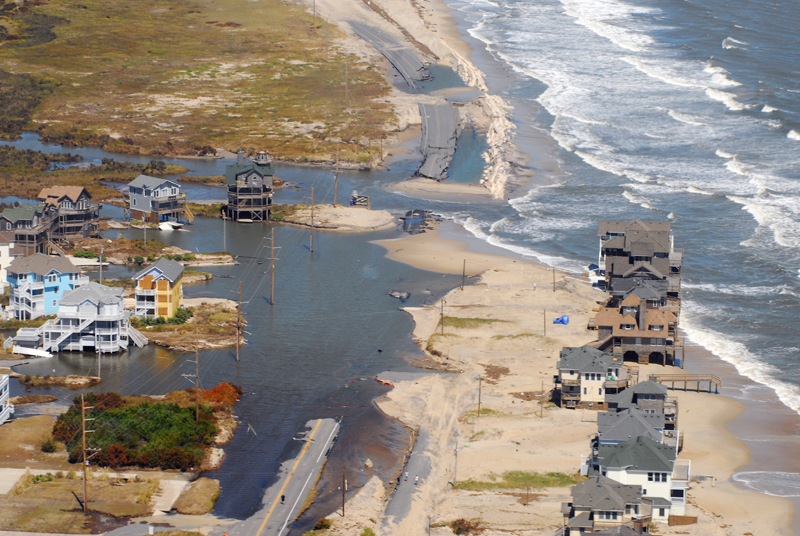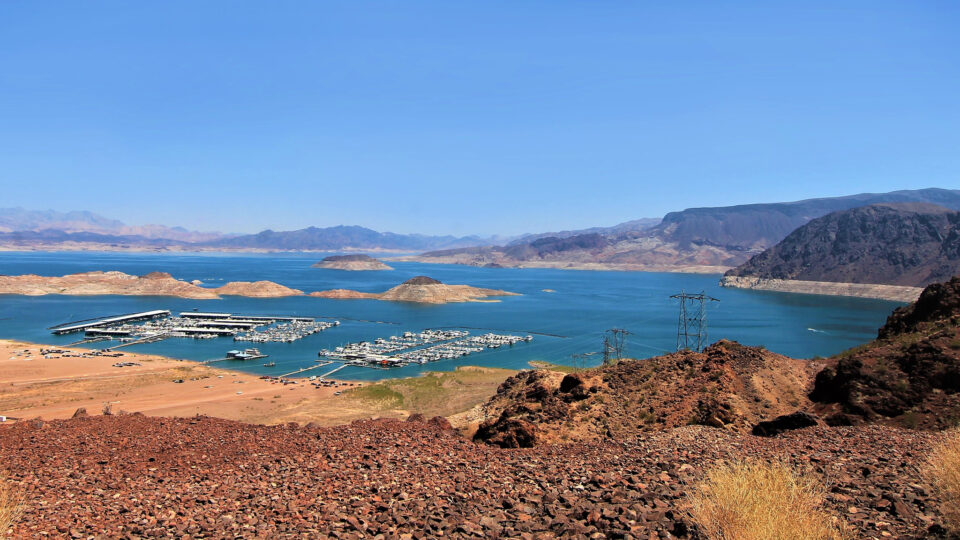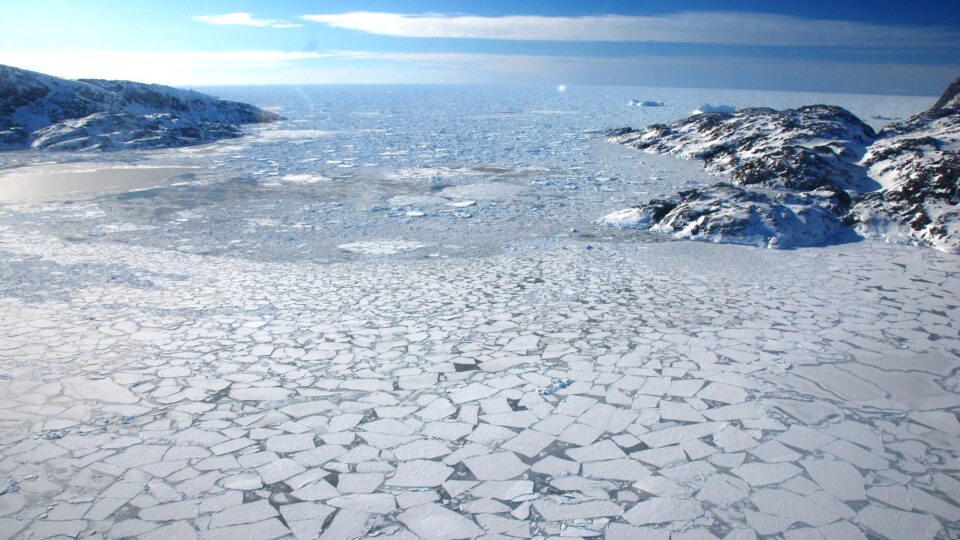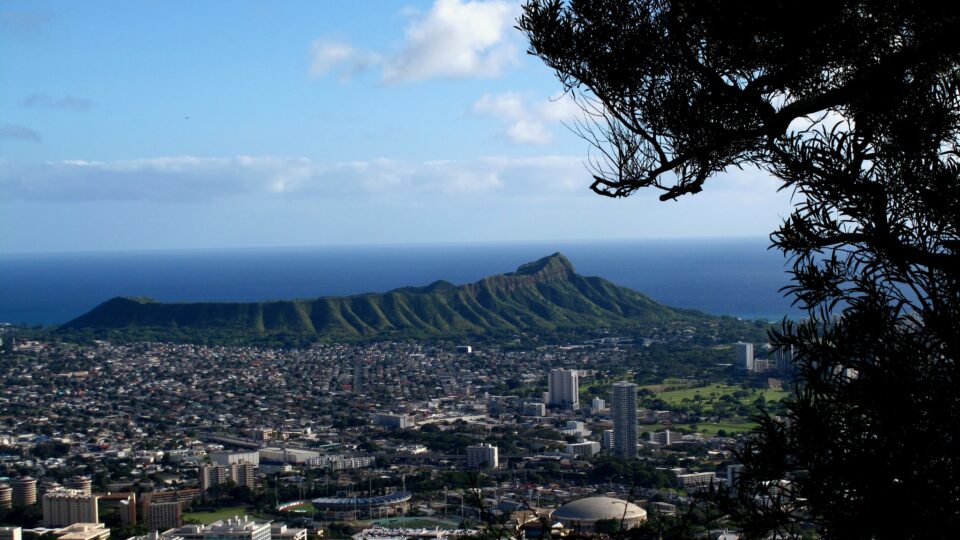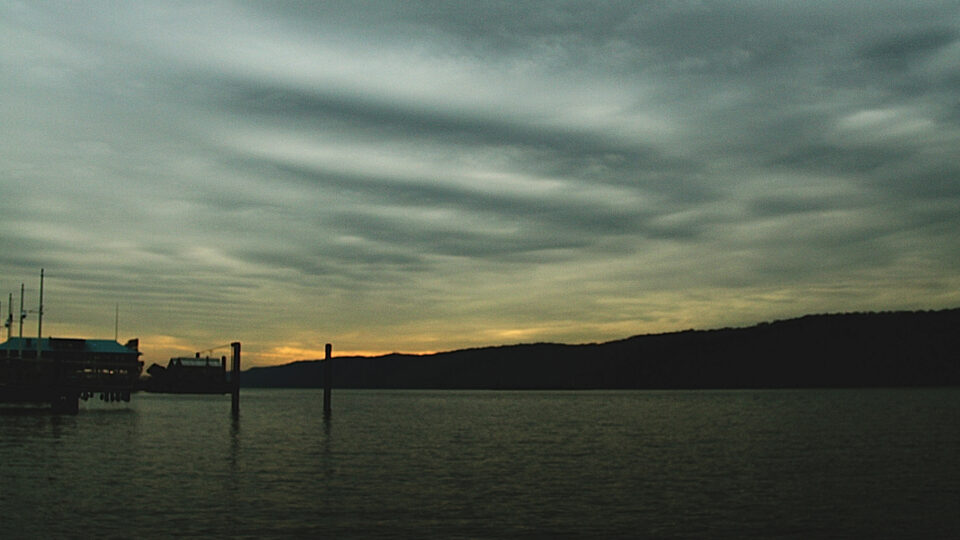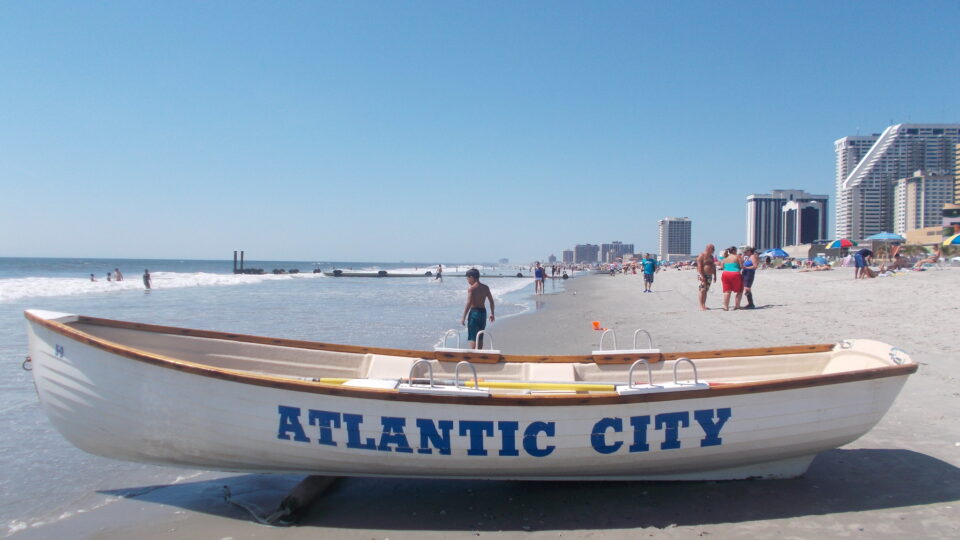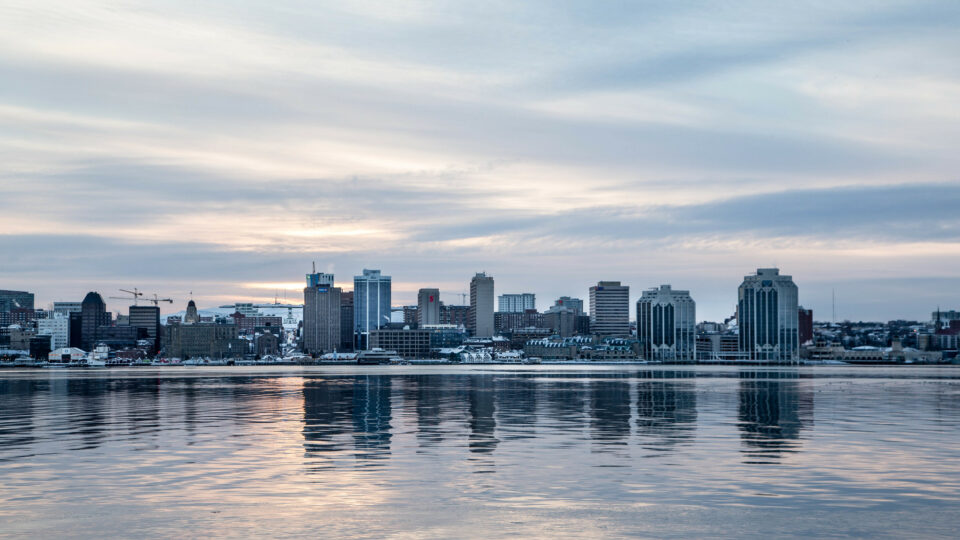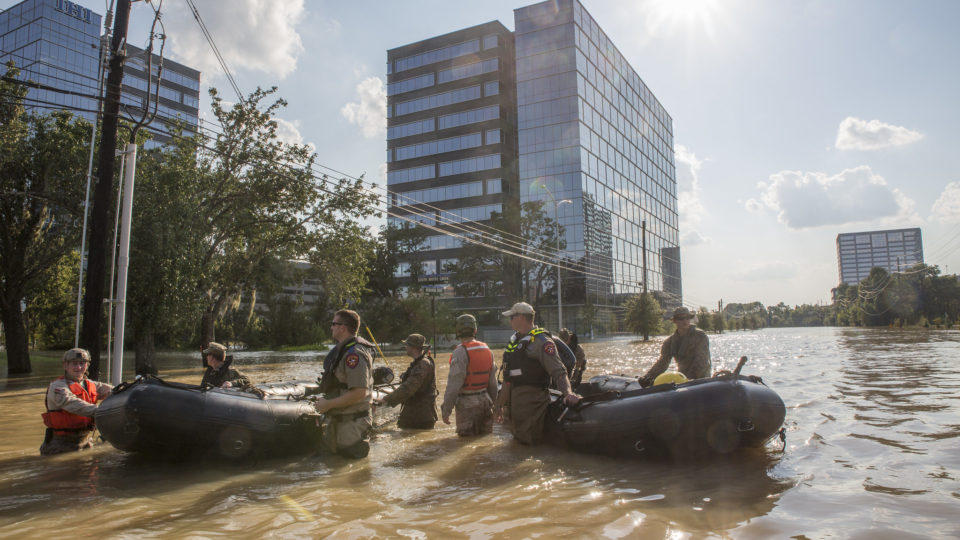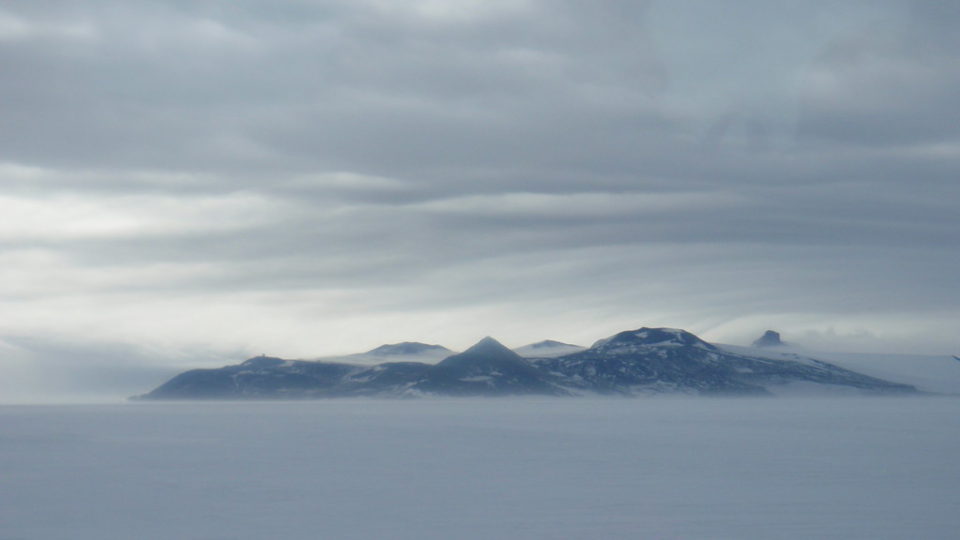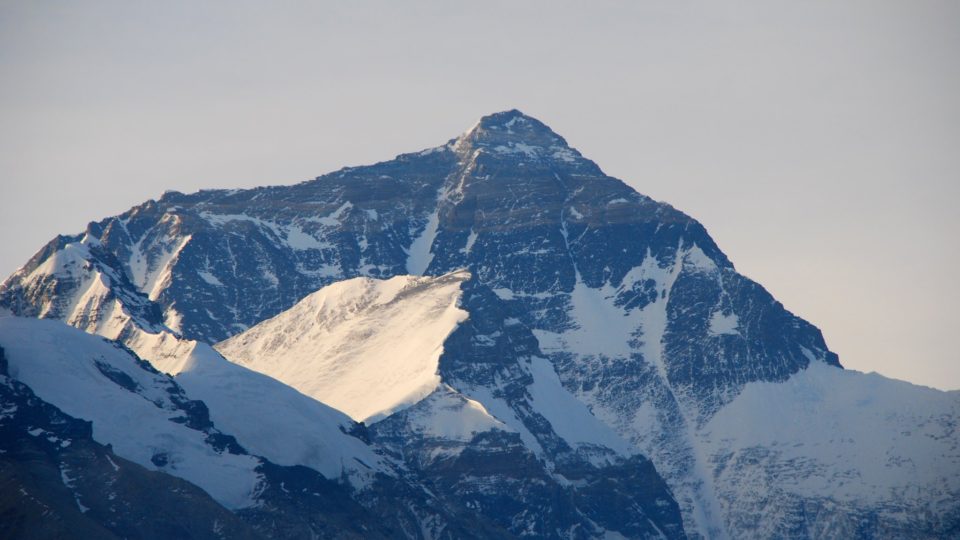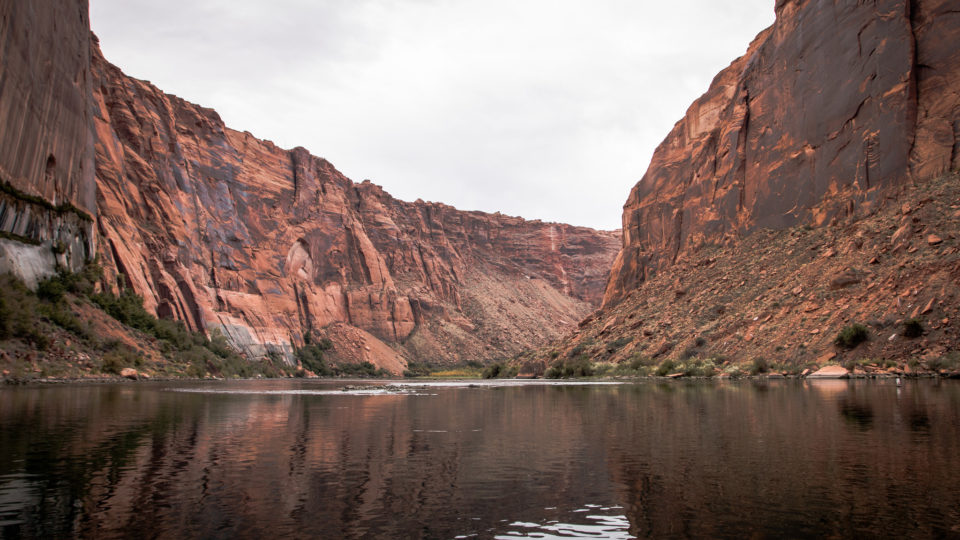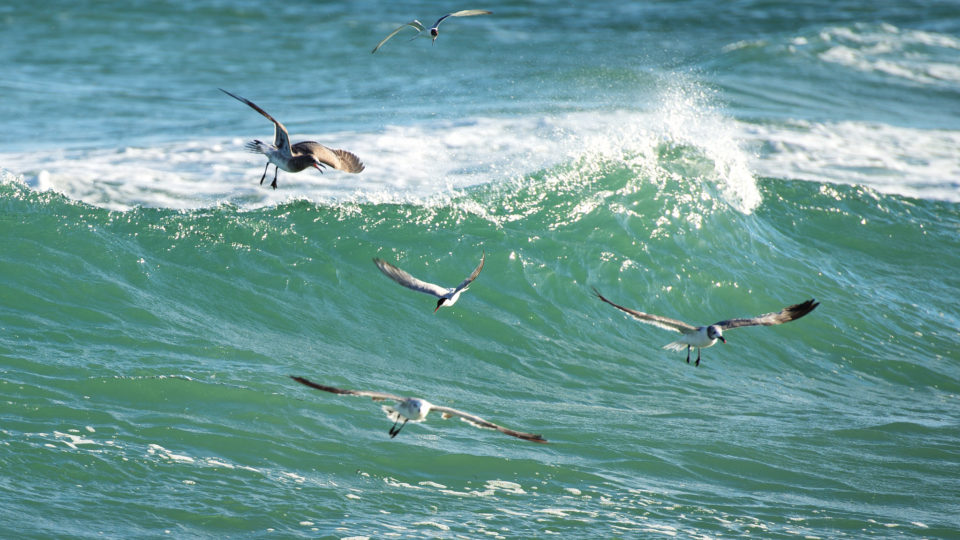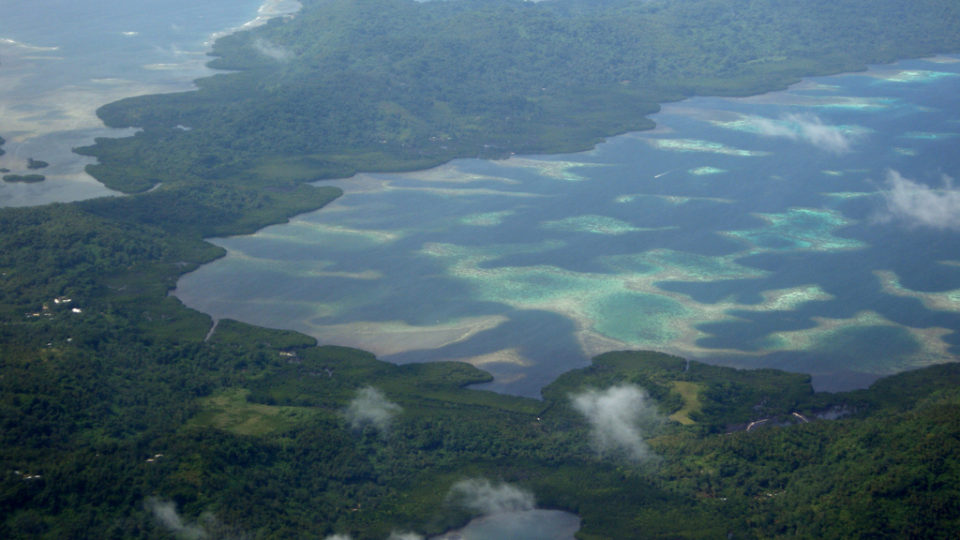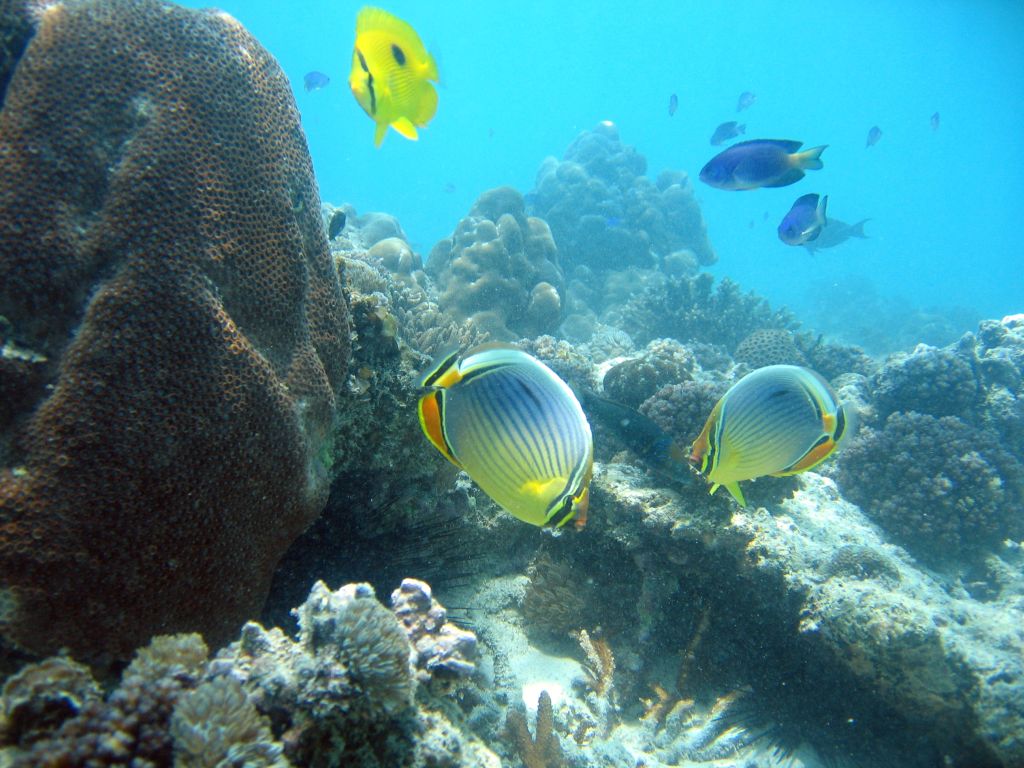Death Valley in California is the driest place in North America, averaging only 2 inches of rain each year. Badwater Basin in Death Valley is the lowest point in North America with a depth of 282 feet below sea level. Currently, Badwater Basin is the site of an ephemeral lake called Lake Manley.
The lake formed again last August after Hurricane Hilary drenched the California desert. Water levels in the lake dropped throughout the fall, but it never quite dried up. But then the relentless rains of early February filled the lake once again.
Water that gathers in Badwater Basin usually evaporates faster than it can be replenished, leaving the lakebed dry. But between the hurricane and the February storm, nearly 4 inches of rain have fallen, and the lake has stayed alive. There is a river that feeds the lake – the Amargosa – that is really flowing in the aftermath of the storms.
The lake is nearly 7 miles long and 4 miles wide, but the water is only about a foot deep. This is not the first time it has formed but it is an unusual occurrence. It formed in 2005, but only lasted about a week. Death Valley National Park officials expected that the lake would be gone by October, but it persisted into the new year which then brought the atmospheric river-driven California rainstorms.
At this point, it is unclear how long the lake in the driest place in America will be around. While it is there, visitors to the national park can enjoy beautiful views of the nearby mountains reflected in its waters.
**********
Web Links
Deep in Death Valley, a Sprawling Lake Takes Form
Photo, posted February 19, 2024, courtesy of Tom Hilton via Flickr.
Earth Wise is a production of WAMC Northeast Public Radio
